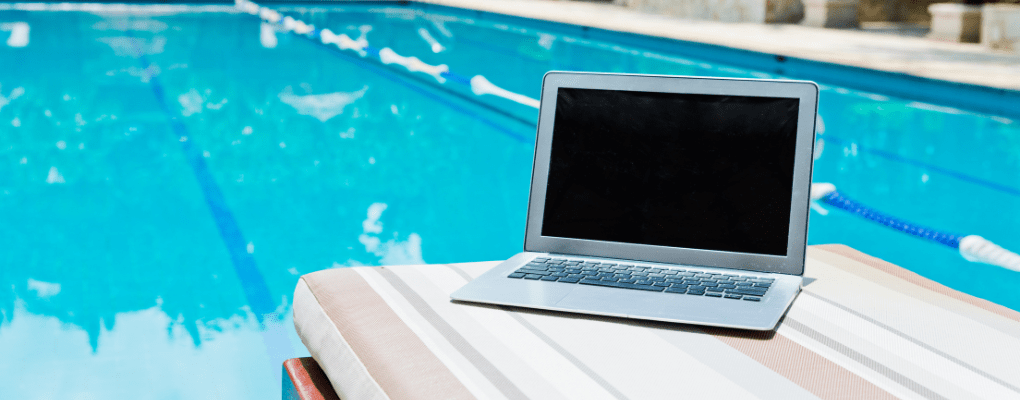Issue 99 | Multiple Factors Negatively Affecting the Commercial Pool Industry
Share This Post
Pkdata defines a commercial pool as public (available to all) or semi-public (available only to members/guests). Most commercial pool installations include lodging facilities (hotels and motels), water parks, municipal parks, health and luxury clubs, medical facilities, multi-family housing, and subdivisions.
While there was slight growth in commercial pool construction during 2022, the enduring impacts of the pandemic remained evident. Pool builders encountered various challenges, including delays with permitting and inspections caused by regulatory agencies, difficulty finding employees, especially skilled labor, and disruptions in sourcing essential pool construction materials.
Although the pandemic unexpectedly boosted the residential pool-building industry, the commercial sector took a hit and has yet to fully recover. While some segments within the commercial pool industry are poised for recovery and growth in the coming years, this outlook does not hold for all markets within the sector. Several of the more pertinent issues are outlined below:
Lifeguard Shortage
Initially, the pandemic’s disruption of lifeguard certification classes resulted in fewer new lifeguards trained and difficulties for current lifeguards in renewing their certifications. At the same time, many lifeguards pursued higher-paying job opportunities during the pandemic and chose not to return to their positions at the pool. Additionally, in 2020, the suspension of the J1 work visa, often utilized by foreign exchange students for summer lifeguard roles in the U.S., further exacerbated the shortage. As a result, during the summer of 2022 many public pools were completely closed or opened only on an abbreviated schedule.
Health Clubs
Since the pandemic, about 25% of health clubs throughout the U.S. permanently closed[1] and the pool industry is struggling to regain some members who left during the pandemic and have not returned. In addition to the loss of pools due to club closures, the interest in building new clubs with expensive capital investments like swimming pools has decreased.
[1] International Health, Racquet & Sportsclub Association
Secondary Schools and Universities
Many school systems are contending with aging infrastructures and limited resources, which are prioritized to build new facilities, revitalize, and renew current buildings and systems, change facilities to meet developing requirements and manage the maintenance needs of aging structures. Building new swimming pools and, in some cases, maintaining older pools is not a priority in most school systems throughout the U.S.
Single family and condominium neighborhoods
There has been a slowdown in new home construction primarily resulting from increased interest rates and higher construction expenses, compounded by a shortage of labor in the building industry. Consequently, the creation of new neighborhood pools has also dwindled due to the lack of new housing developments.
For a complete review and analysis of the complete commercial pool industry, check out Pkdata’s newly released YE 2022 Commercial Pool Market Report which provides a complete analysis of each segment including new builds, the installed base, water features, and sanitization. In addition, treatable water and the aftermarket value for associated chemicals and equipment is presented.

Sign up for Pkdata report alerts and be the first to know when the latest Pool & Spa market report is released.
Thank you!
You have successfully joined our subscriber list.
